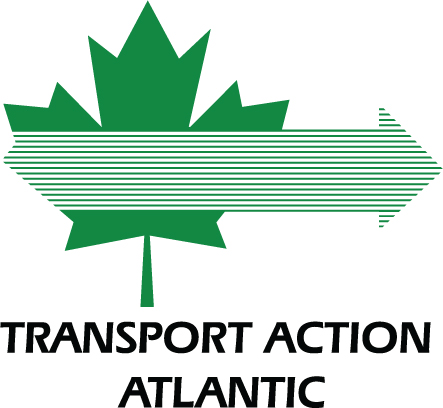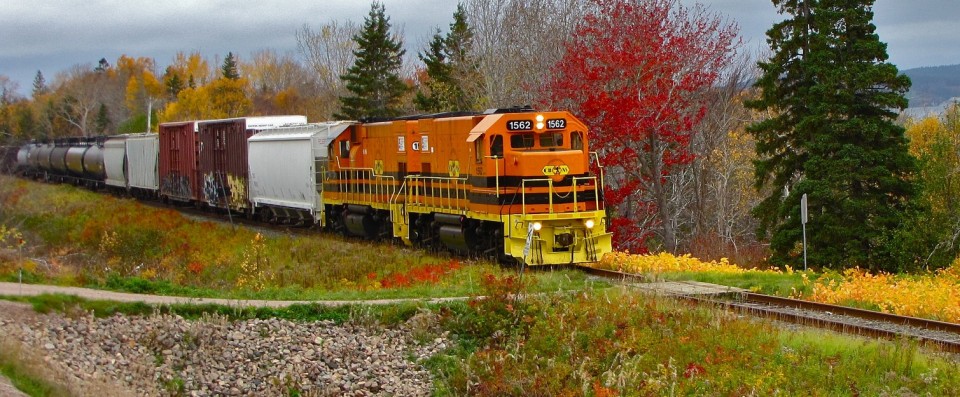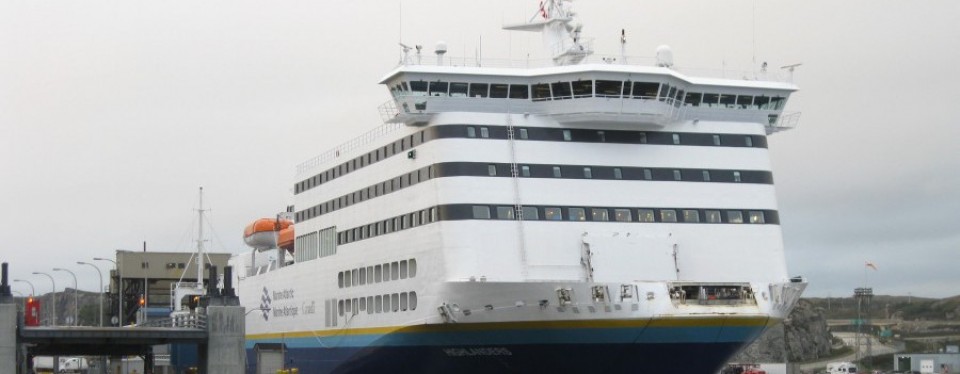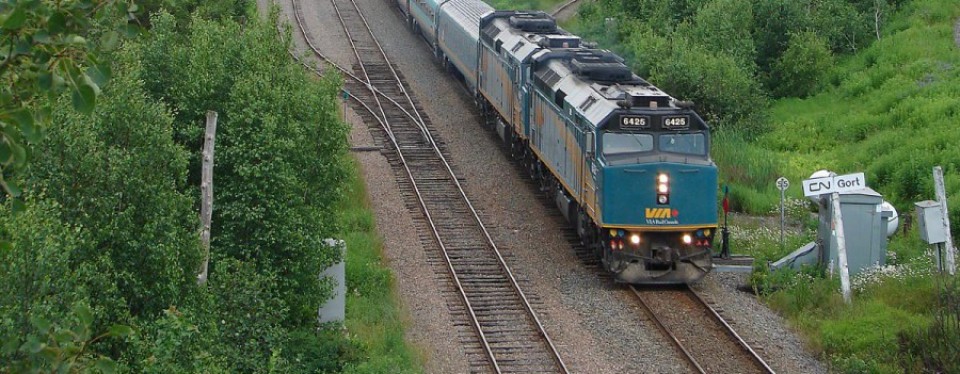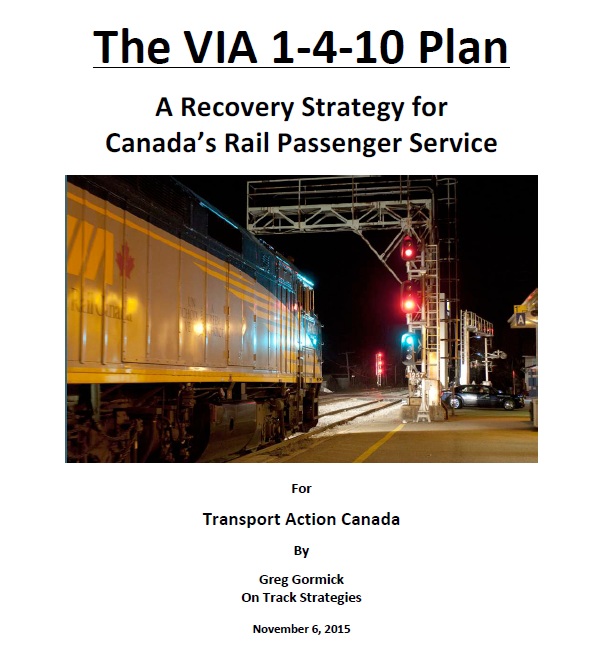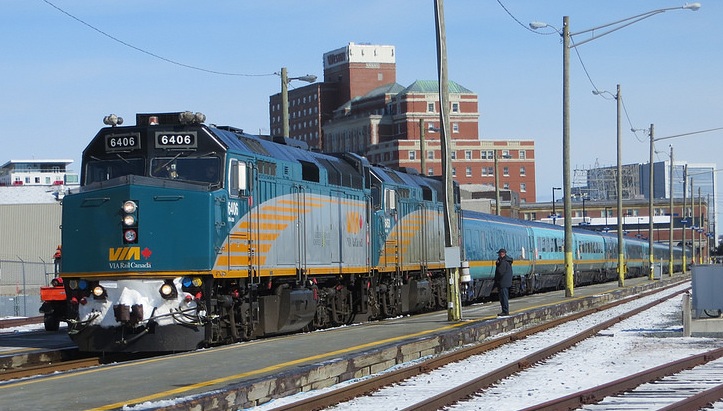
VIA Rail is talking about making changes to its Atlantic Canadian passenger services, and for the first time in many years, they’re not talking about cuts. VIA president Yves Desjardins-Siciliano was in the Maritimes this week and took part in a call-in show on CBC Radio’s Maritime Noon program on Monday. During that program he mentioned that VIA is seriously looking at adding new regional train services in the Maritimes, potentially as early as next year.
The proposed services would include a Campbellton-Moncton train and a Moncton-Halifax train, both of which would make eastbound trips in the morning and return trips west in the evening. These trains would operate in addition to the thrice weekly Ocean and would be focused on providing a regular, useful service to local travellers within the region. Details about the days of operation and the type of equipment that may be used for the service are unknown, but it seems clear that these trains would run a more frequent schedule than the Ocean, and would offer more basic coach accommodations.
The potential for regional train services in the Maritimes has been on the radar since Susan Williams was appointed as General Manager for VIA’s eastern region earlier this year. At Transport Action Atlantic’s Annual General Meeting in Moncton this past spring, Ms. Williams mentioned that developing a business case for regional services was part of the mandate of her new position, along with exploring ways to increase ridership on the Ocean. A press release at the time of her appointment stated that “Ms. Williams will be working to bring VIA Rail’s service offering in line with this part of the country’s needs and demands. This is one of the first steps of a larger strategy to better serve Eastern Canada”.
The comments this week from Desjardins-Siciliano provide the first real look at what sort of a strategy VIA has been working on behind the scenes, and also offer a potential timeline – in an interview with CTV news, Desjardins-Siciliano said that VIA is “hoping to have the service in place no later than the school year start which is August and September of next year for university students and maybe as early as next summer”.
Continue reading “VIA Rail eyes new train services for the Maritimes”
